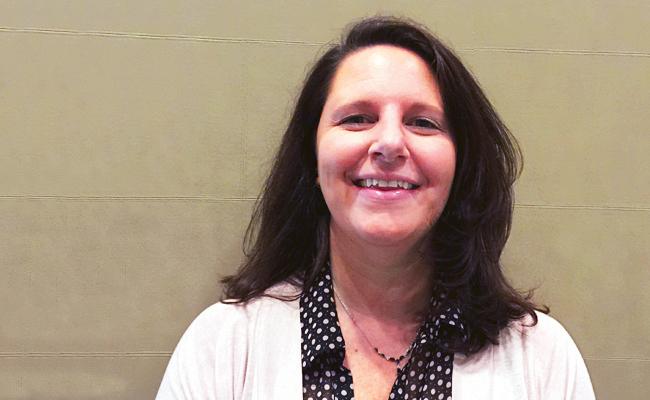Interview With Renee Walmsley, Remote Sensing Expert
Using remote sensing technologies to help our clients collect and analyze geospatial data in challenging conditions

Ms. Walmsley leads Tetra Tech’s geomatic technologies group and is the program manager for remote sensing. She has more than fifteen years of experience in the environmental management and consulting industries. She is a certified GISP and PMP. Her experience includes using GIS and remote sensing technology on projects throughout the United States and internationally. She has managed many aspects of remote sensing, photogrammetry, and GIS, including data development and analysis, image classification, and new sensor technologies. Her previous experience includes using ArcGIS software for information management and decision support for environmental management, as well as developing the remote sensing and GIS strategy.
How did you become involved in remote sensing?
I took classes in remote sensing as part of my geography/GIS degree at the University of Colorado at Boulder. I really enjoyed the classes and was very interested in aerial photography and satellite imagery. In particular, I began to study hyperspectral imagery analysis in graduate school. I am always fascinated with the many applications and types of information that can be gathered from hyperspectral sensors.
What are the recent technological advances in remote sensing?
New advances in this field are happening every day. The sensor technologies are getting more defined and smaller in size. New platforms such as unmanned aerial systems (UASs) are able to collect data remotely in hazardous areas or areas where data is difficult to acquire. There has been a surge of advances in LiDAR over the past few years. The next applications include flash LiDAR for large area collection and multispectral LiDAR that allows for multispectral imaging during nighttime hours.
How is the data collected from aerial and marine surveys used?
Data is typically used to create a detailed surface for mapping and modeling purposes. Aerial imagery is often used as a base layer in GIS applications. The data is used in all types of market applications—engineering design, oil and gas, energy projects, modeling climate change, and military operations.
Being able to acquire, integrate, and analyze detailed geospatial data provides decision makers resources and options to handle various challenges. For example, geospatial technologies aid in emergency response applications, providing more detailed and real-time data to responders. Geospatial data also provides innovative and cost effective solutions for environmental sustainability issues.
What has been an interesting or challenging aerial mapping project in which you’ve been involved?
Tetra Tech’s geomatic technologies group successfully completed an aerial imagery and LiDAR project for the U.S. International Boundary and Water Commission. The project was the largest in size and data capture that we had completed (at the time)—a total of 5,500 square miles of acquisition, processing, and mapping. The project was significant for water management decisions. Its purpose was to map the river and levees for flood control. The project area was along the Rio Grande River at the U.S. and Mexico border. For this project, we could not access the ground in Mexico because the area was very unsafe due to cartel fighting. Aerial mapping helped us address challenges in accessing ground for survey control.
Where are geospatial technologies headed?
It is likely that the use of geospatial technologies will become more mainstream. Multi-media geospatial data, such as Google Street View, will help to provide the public with accessible detailed data. Mobile devices have contributed to the use and immediate accessibility of geospatial data. With sensors becoming smaller and more affordable as well as platforms such as unmanned aerial vehicles (UAVs) becoming available to anyone who wishes to capture data, the amount of spatial data will increase. Open-source geospatial solutions for viewing, processing, and analyzing data are likely to increase as well.

